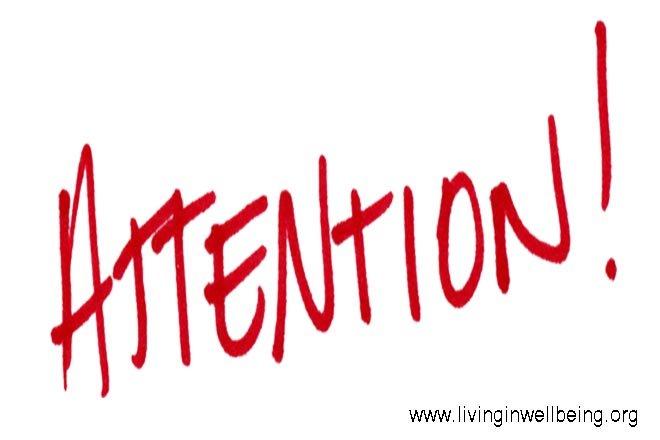
Perhaps you have a child, friend, or coworker who just can't quite seem to achieve their potential. They score high on their aptitude test and seem to try as hard as or harder than anybody but in the end tasks and projects are left unfinished producing academic underachievement in school or creating extra work for everyone else in the office. You are having trouble understanding why your young student can tell you everything there is to know about butterflies but can't seem to perform even the simple set of math questions.
Most doctors and parents of ADHD children would likely share your frustration. Attention deficit and hyperactivity disorder may look different in every person and may change or disappear with age. Nevertheless, there are three primary symptoms: inattention/distractibility, impulsivity, and hyperactivity. The AMA describes attention deficit and hyperactivity disorder as difficulty paying attention with a high degree of restlessness and impulsive behavior. Symptoms begin before the age of 7, last for at least 6 months, and cause the child to encounter substantial difficulty in at least two settings, normally family and school.
Approximately 30% of the time the condition resolves itself during the adolescent years but more often than not it lasts into adulthood, creating a lifetime of challenges.
It is estimated that 50% of children with attention deficit and hyperactivity disorder are negative and hostile in their behavior and a smaller number direct their hostile behavior toward people or animals. Defiant behavior is sometimes acted out as rule breaking or unwillingness to follow rules. For those who struggle with both hyperactive and defiant behavior structured settings such as the classroom can pose a serious set of challenges.
Approximately 20% of children with attention deficit and hyperactivity disorder have learning disabilities and about 80% have academic problems. They may struggle with attention to detail producing messy work full of careless mistakes. ADHD children often behave as if their mind is somewhere else, being labeled as lazy or a daydreamer. They often fail to follow through on assignments or complete schoolwork, chores, or other duties. Jumping for one task to another is not only common but one of the primary behaviors exhibited by both ADHD children and adults alike.
The less talked about topic of secondary symptoms is one which cannot be ignored. These would include but not be limited to anticipation of failure, worry, boredom, loss of motivation, frustration, low self esteem, sleep disturbances, and hopelessness.
What Next? When the symptoms of attention deficit and hyperactivity disorder are identified finding help should be the number one goal. In this pursuit many parents of ADHD children and adults alike have found answers in the form of natural ADHD remedies. Whether you are worried about the side effects posed by prescription drugs for ADHD or you want to get to the root of the problem rather than just suppress symptoms, ADHD alternative treatment methods will deliver powerful, lasting results.












